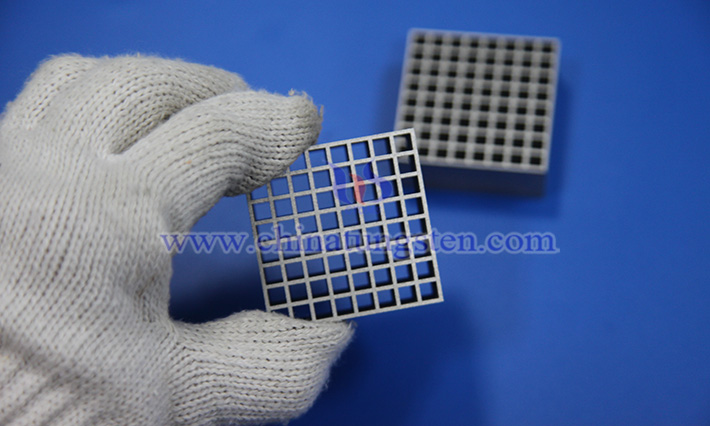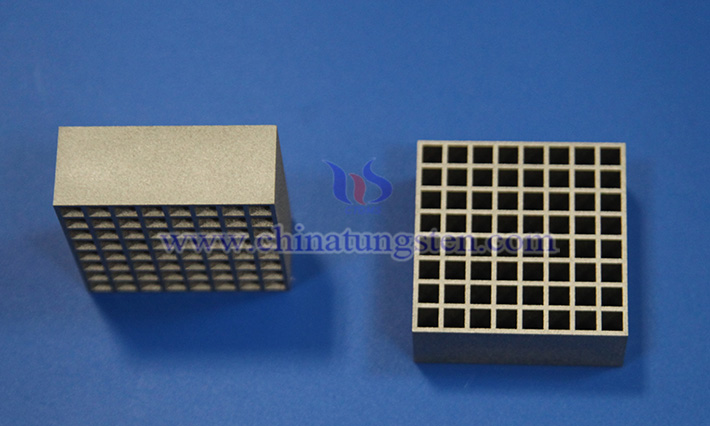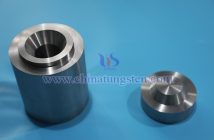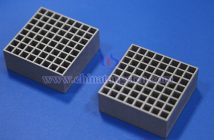The application of tungsten alloy collimators in the medical field primarily focuses on diagnostic imaging and radiotherapy, owing to their high density, excellent radiation attenuation performance, heat resistance, and mechanical strength, making them essential components in medical equipment. Compared to traditional lead materials, tungsten alloy is more environmentally friendly, offers higher shielding efficiency, and enables thinner, lighter designs, making it ideal for space-constrained devices.

1. Diagnostic Imaging Field
Tungsten alloy collimators are widely used in nuclear medicine imaging equipment, such as single-photon emission computed tomography (SPECT) and computed tomography (CT). In these devices, collimators restrict and guide gamma rays or X-rays, ensuring the radiation beam projects onto detectors, reducing interference from scattered photons, and thereby improving image resolution and contrast. For instance, in SPECT systems, tungsten alloy collimators reduce septal penetration due to their high density, offering higher spatial resolution and sensitivity compared to lead collimators.
In X-ray diagnostic equipment, tungsten alloy collimators are widely applied due to their superior radiation attenuation performance. They allow for the design of thinner shielding layers, reducing equipment weight while maintaining equivalent radiation protection, which is particularly important in portable CT machines or mobile X-ray devices. Additionally, tungsten alloy is used in the production of particle accelerator targets for medical isotopes, with collimators playing a role in directing radiation beams to support the diagnosis and treatment of certain diseases.

2. Radiotherapy Field
In radiotherapy, tungsten alloy collimators are core components of multi-leaf collimators, widely used in intensity-modulated radiation therapy (IMRT) and stereotactic radiotherapy. Multi-leaf collimators consist of dozens to hundreds of thin tungsten blades, each capable of independent movement to dynamically shape the radiation beam, targeting tumor tissue while minimizing damage to surrounding healthy tissue. Additionally, tungsten alloy collimators in linear accelerators are used to form parallel, scattered, or multi-hole radiation beams, supporting the complete process from diagnosis to treatment.



